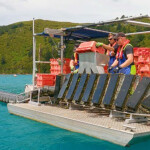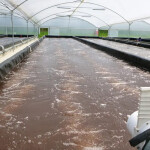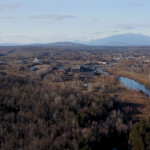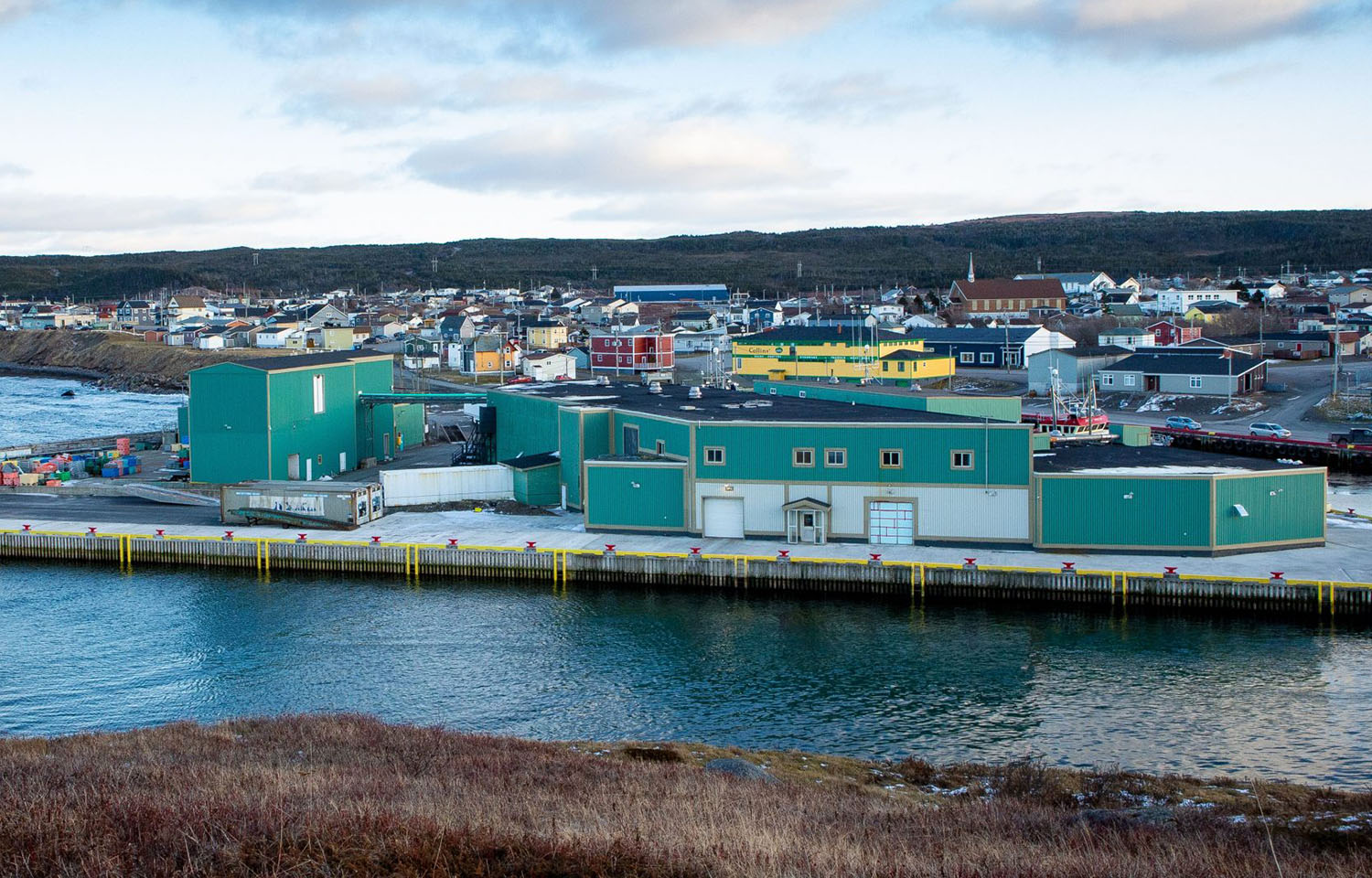A recent dispute over snow crab tolerances in 2023 that led to arbitration favoring the Fish, Food, and Allied Workers Union (FFAW) over the Association of Seafood Producers (ASP) has underlined a need to reexamine the longstanding policy, ASP Executive Director Jeff Loder told SeafoodSource.
On 5 August, the arbitrator determined that processors failed to adhere to certain aspects of the 19 May 2023 crab agreement between the FFAW and ASP. According to the arbitration, some processors did not honor a 20 percent tolerance on smaller-sized crab, which was part of the policy the two groups negotiated after a six-week standoff over snow crab pricing.
The tolerance agreement allowed for harvesters to get full price for 20 percent of the crab they harvested that were under 4 inches in size. The agreement is intended to prevent harvesters from “high-grading” their catch, which occurs when harvesters toss out legally sized crab that they would get paid less for.
The arbitration ultimately decided that some processors didn’t adhere to those tolerances, and the FFAW said that the total cost of the arbitration could be CAD 3.3 million (USD 2.4 million, EUR 2.2 million) – though that number will be finalized through arbitration later on in the damages phase.
Loder said the latest arbitration has highlighted a longstanding sticking point between the FFAW and ASP.
“It has been a topic of conversation in negotiations now for the last couple years between the ASP and the union, and the issue is what’s an appropriate tolerance?” Loder said.
In the current pricing structure, crab over 4 inches gets one price, and crab under 4 inches sees a CAD 0.30 (USD 0.22, EUR 0.20) deduction in price because of its lower value to processors and distributors.
“Crab less than 4 inches is not ideal for the market; in our view, we need to be catching as large a crab as we can – recognizing completely that you will have small crab in some cases and there are some legitimate arguments to having a tolerance from a fisheries management perspective,” Loder said.
The disagreement in the arbitration was over whether that tolerance was in the 19 May agreement, and Loder said the FFAW was fully within its rights to challenge through the arbitration process as it is a part of the collective bargaining agreement.
The issue going forward is whether that 20 percent tolerance should be in place at all, Loder said.
“We’re not entirely convinced there should be any tolerance,” Loder said. “This is not about the money; this is about good policy.”
The 20 percent tolerance has been in place in fishing agreements for years, and Loder said the intended use for preventing high-grading has been lost.
“If you look at how much crab is landed, the tolerance of 20 percent basically acts as a carve-out so you don’t have the 30-cent deduction,” Loder said. “The purpose of the policy is to deal with unavoidable consequences, not to act as a complete carve-out when you have a price structure for over 4 inches and a price for less.”
Loder said the Newfoundland snow crab industry should be ...








